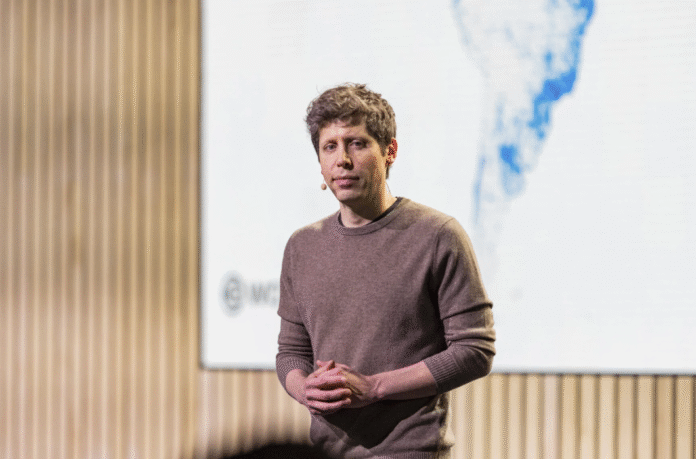By Shivm Mehta
Can ChatGPT and other AI algorithms really solve all of humanity’s problems? That might sound like a futuristic question, but it’s one that’s quickly becoming part of the present—especially for high schoolers growing up in a world with growing climate anxiety and rapid technological change.
Across the globe, climate change is becoming harder and harder to ignore. Heat waves, wildfires, floods, and rising sea levels are turning up the pressure—not just on governments and scientists, but also on business leaders and tech giants. What are they doing to help? Increasingly, many of them are pointing to one answer: artificial intelligence.
In recent years, tech visionaries like Elon Musk, Sam Altman (CEO of OpenAI, the company that created ChatGPT), and others have been promoting AI as a groundbreaking tool that can tackle humanity’s most urgent problems—including the climate crisis. And at first sight, it seems promising. AI has already helped in forecasting weather patterns, optimizing energy usage, and improving climate models. Tools like ChatGPT can help people understand complex scientific topics, write policy proposals, or even brainstorm new climate solutions. Sounds great, right?
But here’s the catch: training and running these massive AI systems takes an enormous amount of energy. A recent article by the San Francisco Examiner dives into this growing concern. It highlights how generative AI, like ChatGPT, requires massive data centers with powerful servers running 24/7. These servers consume huge amounts of electricity—often powered by fossil fuels. In fact, training a single large AI model can emit as much carbon as multiple cars over their entire lifetimes. That’s not exactly eco-friendly.
So what happens when the “solution” becomes part of the problem?
That’s the contradiction that needs to be emphasized: while AI might help us better understand climate change or manage renewable energy, it could also be accelerating the crisis if not used responsibly. And that raises even deeper questions for our generation to think about.
Are tech companies doing enough to measure and reduce the carbon footprint of their AI tools? Are they investing in clean energy to power their data centers—or are they focused more on hype than real sustainability? Should we rely on unproven future technologies to “solve” climate change, or take action now with the tools we already have?
As high schoolers growing up in a climate-concerned world, these are not just philosophical questions. They’re practical, urgent ones. We’re the generation who will be most affected by both climate change and the decisions being made around AI today. That means we have to stay informed—not just about how cool and powerful new technologies are, but also about their hidden costs.
AI is a powerful tool. But like any tool, it depends on how we use it. If we put all our hope in AI while ignoring its environmental impact, we could end up solving one problem by making another worse. Maybe instead of asking, “Can AI fix climate change?” The better question is: “How can we build technology that helps the planet instead of hurting it?”
That’s the challenge—and opportunity—for our generation to think about.

